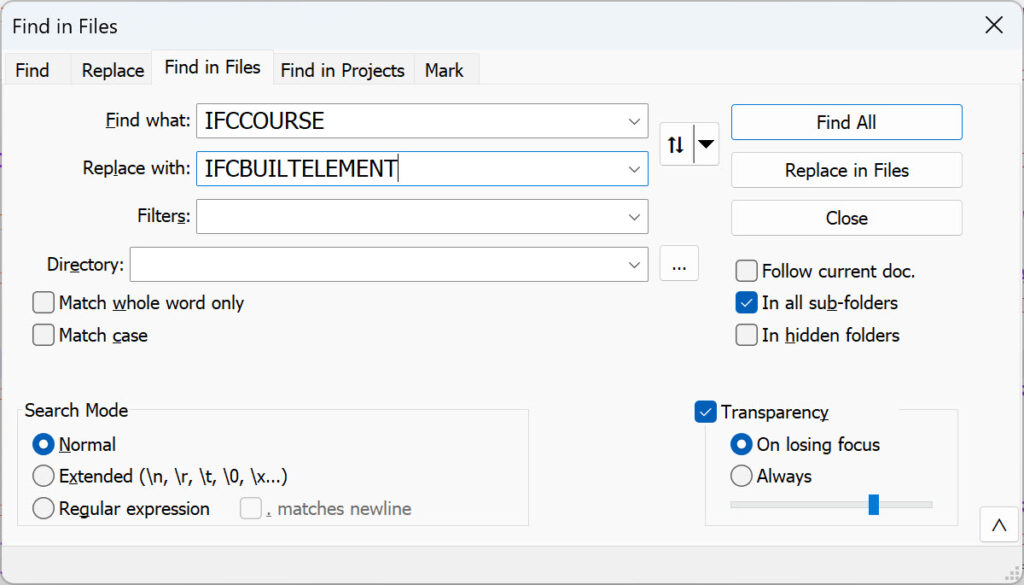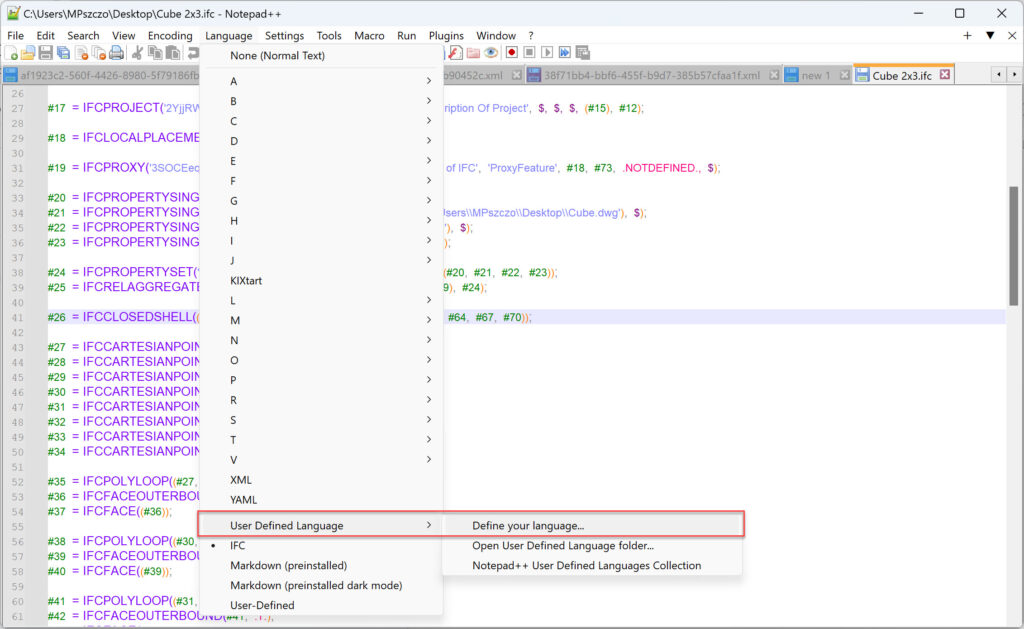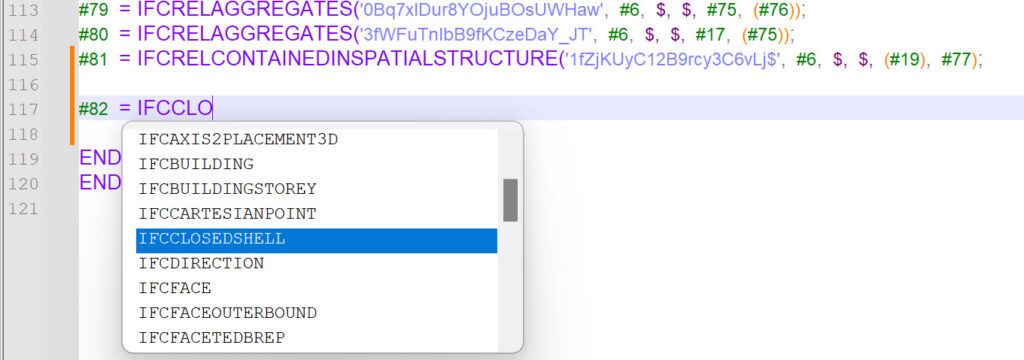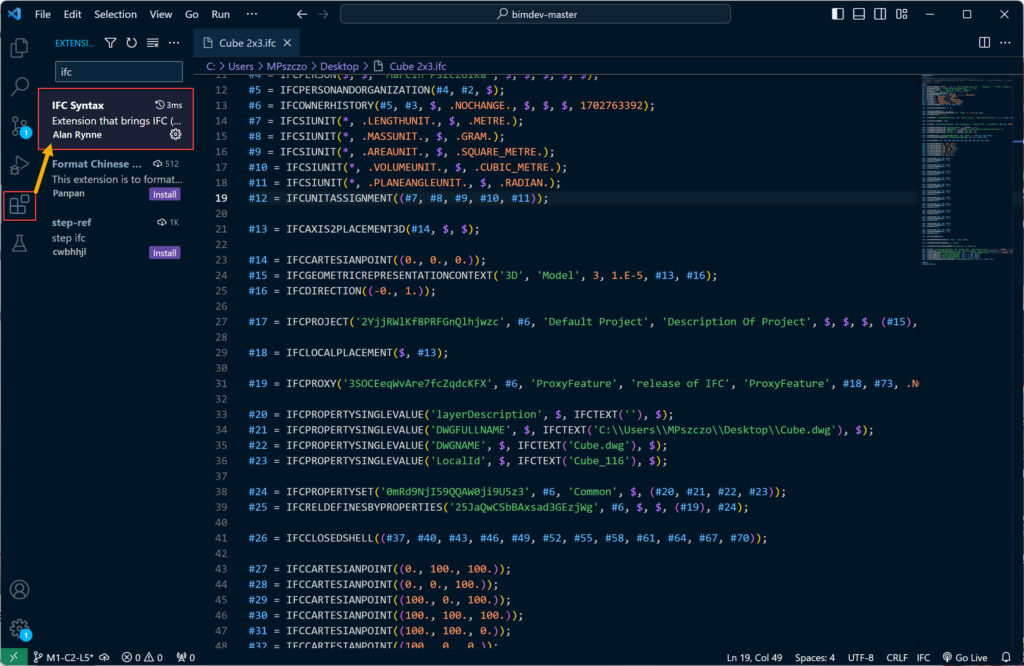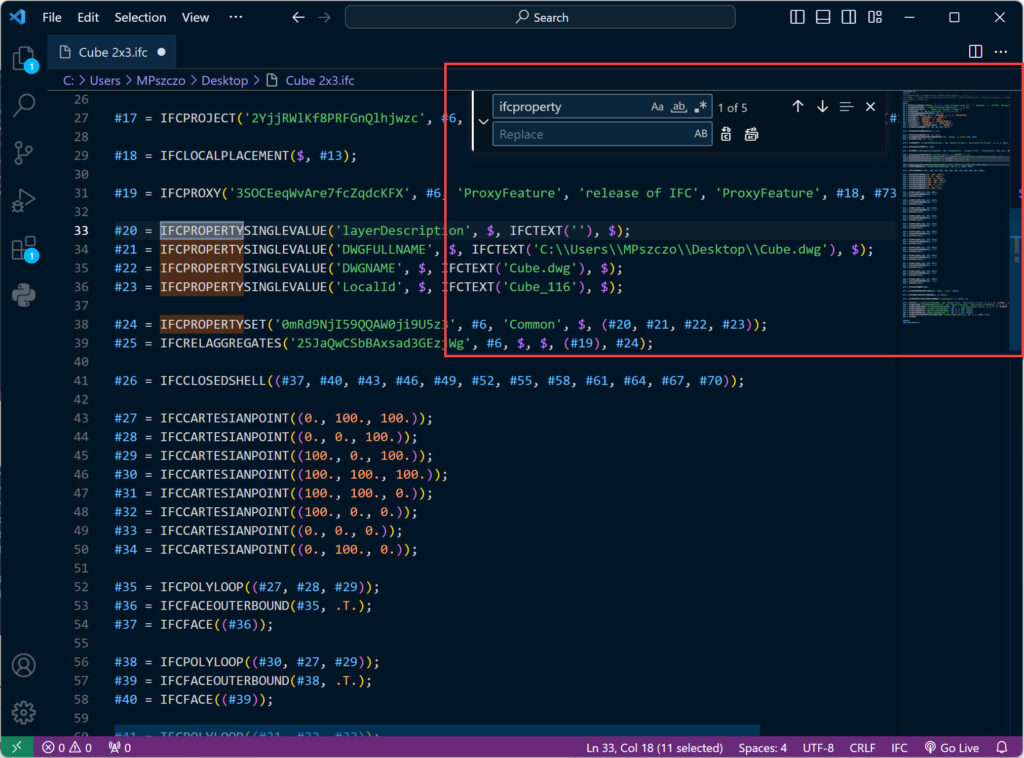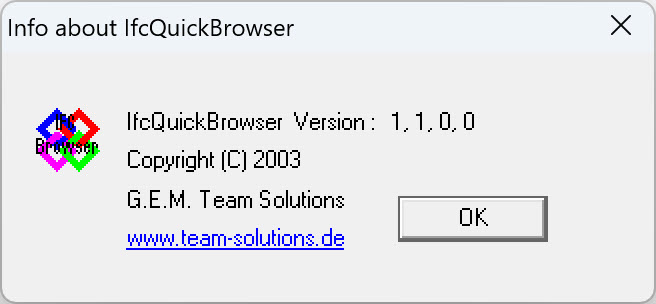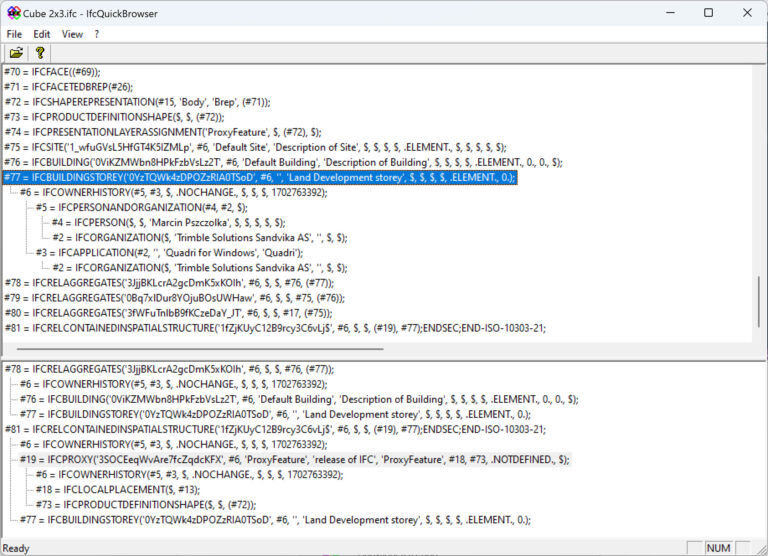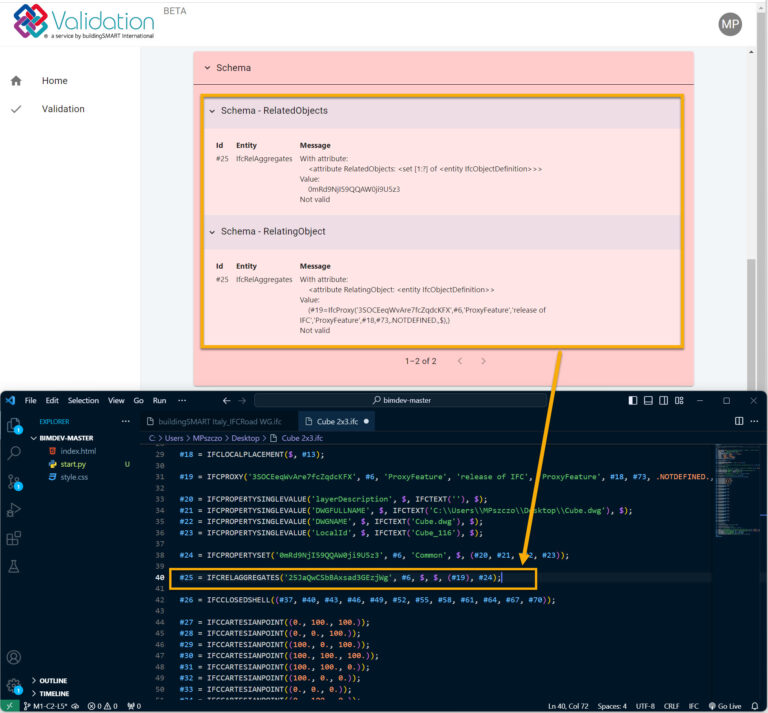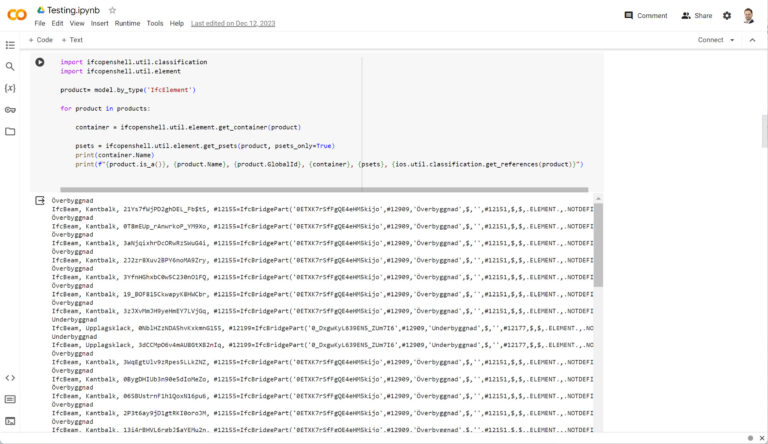Analyzing Industry Foundation Classes (IFC) files is a crucial step in ensuring the accuracy and consistency of Building Information Modeling (BIM) data.
There are various aspects to consider during the verification of these files to avoid errors and ensure the optimal functioning of a project.
In this article, we will present five effective ways to verify IFC files, helping you gain confidence in the quality of your IFC files, essential for efficient work in the field of design and construction infrastructure management.
- All you need to know about IFC 4.3 for infrastructure
- IFC 4.3 in road projects – case study
- Relations I used to create IFC 4.3 for infrastructure
- Spatial Breakdown Structure in IFC 4.3
- IFC 4.3 on construction site
- Webinar about IFC 4.3
- Ticket to openBIM
- Export to IFC 4.3
- The Key Changes in IFC Schema Shaping OpenBIM for Infrastructure
- Transferring from Civil 3D to Quadri and Exporting to IFC 4.3
Notepad++
Notepad++ is the most intuitive and widely used tool for inspecting “raw” IFC files. It efficiently facilitates the analysis of these files, providing advanced browsing capabilities through features such as /Ctrl+F/ for filtering files based on specific phrases, substitution, and highlighting keywords. Additionally, Notepad++ offers a preview of the occurrences of a particular phrase in the file, greatly aiding in in-depth analysis.
Visual Studio Code
Recently, I have been using Visual Studio Code, primarily due to its remarkable clarity, which is enhanced by installing an “IFC Syntax” plugin. After installing this plugin, files become much more readable, with individual code elements being color-coded, significantly facilitating understanding the file’s structure.
IfcQuickBrowser
IfcQuickBrowser has been a reliable tool for over two decades, dedicated to browsing IFC files. Setting it apart from other available browsers is its ability to trace objects in the context of relations with other classes.
Validation service by buildingSMART International
Analyzing the correctness of an IFC file is possible through the validation service provided by buildingSMART International. The following steps outline my approach to file analysis:
1. **File Submission** I begin by submitting the file I want to analyze to the validation service, waiting for a duration dependent on the file size.
2. **Validation Process** During the waiting period, the file undergoes a validation process, including syntax correctness, schema compliance, adherence to rules, and compatibility with the buildingSMART Data Dictionary (bSDD). Upon completion, a detailed report highlighting any errors related to these areas is generated.
3. **Analysis in Visual Studio Code/Notepad++** Once the report is available, I open the IFC file in Visual Studio Code or Notepad++. This allows me to easily locate areas where errors occurred.
The validation service is particularly beneficial for advanced users familiar with the IFC schema. However, it also serves as an excellent resource for anyone looking to understand potential issues in their IFC file.
Check validation service here: validate.buildingsmart.org
ifcOpenShell
A standout discovery in 2023 for me was ifcOpenShell. While I plan to dedicate a separate post to it, I couldn’t resist sharing some insights now. ifcOpenShell is an extraordinary library and set of tools that enable developers, engineers, and architects to work with IFC data in various programming languages.
Personally, I use ifcOpenShell in conjunction with Python. Even in the testing phase, I already see immense value in this library. I’ve been able to analyze files, extract information such as properties, assigned classifications to specific objects, all relationships assigned to an object, the number of classes categorized as ifcElement subgroup, the number of property sets, and more.
This opens up endless possibilities for analysis. During my tests, I used the Colab platform (from Google), also known as “Colaboratory.” It is a platform that allows writing and executing Python code without configuration, providing free access to GPU units, and facilitating project sharing.
I highly recommend this approach, especially for those starting their journey with ifcOpenShell. More information about this tool, how to get started, and code examples can be found on the official website: ifcopenshell.org
Summary
In conclusion, effective analysis of IFC files is a key element in ensuring data accuracy in BIM models. Choosing the right tools, such as Notepad++, Visual Studio Code, IfcQuickBrowser, Validation Service, and ifcOpenShell, can significantly facilitate this process, providing diverse capabilities for browsing, validating, and analyzing data.
The combination of these tools can be tailored to various user needs, both for advanced users and those who prefer more intuitive interfaces. Introduction to IFC file analysis using these tools allows for a better understanding of data structure and identification of potential issues, crucial for efficient work in the field of design and construction infrastructure management.




